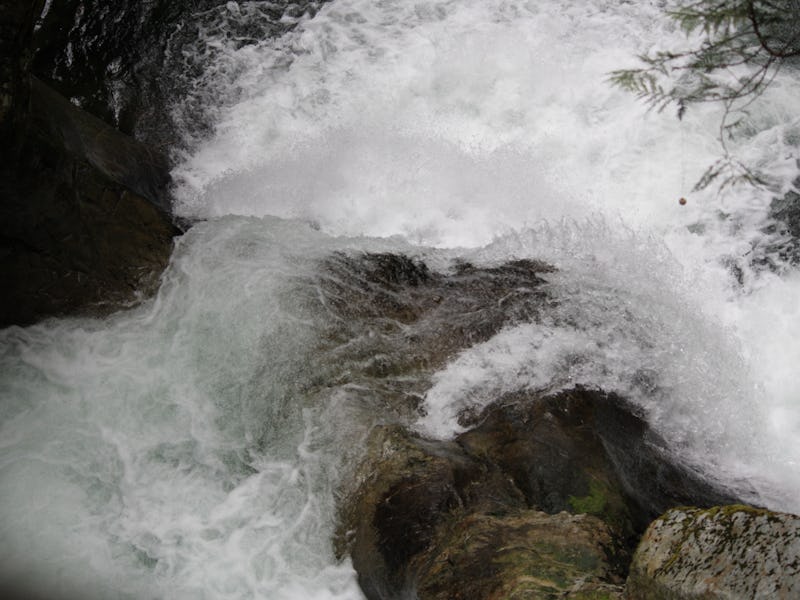Vancouver's Tsunami Warning Canceled Due to Lucky Earthquake Quirk
Fortunately, not all earthquakes cause tsunamis.

Sirens wailed along the coast of British Columbia, Canada, early Tuesday morning to warn residents of a possible incoming tsunami, triggered by a 7.9-magnitude earthquake that struck off the coast of Alaska at 4:31 a.m. Eastern. Residents from Vancouver to Tofino scrambled to evacuate to emergency reception centers in order to avoid the potentially life-threatening waves caused by the massive quake.
The warning has since been canceled, as Emergency Info BC tweeted at 7:35 a.m. The “ALL CLEAR” signal, however, has yet to be issued among each of the various communities along the coast, as the effects of the earthquake’s aftershocks remain unclear.
Not all earthquakes cause tsunamis, and only some tsunamis are caused by earthquakes. Tsunamis, also known as tidal waves or seismic sea waves, are essentially huge displacements of water caused by some disruption on the ocean floor, whether they be earthquakes, volcanic eruptions, or even human-triggered explosions. Unlike regular huge waves, tsunamis are not caused by the gravitational pull of the sun and moon.
The types of earthquakes that most often cause tsunamis are those that cause a vertical displacement of water — that is, when water is pushed upward from the ocean floor rather than sideways. Earthquakes are caused by the movement of tectonic plates against each other, and the direction in which water is displaced depends on the orientation of the plates to one another.
The movement of tectonic plates causes the displacement of water, which in turn can cause tsunamis if the water is displaced vertically.
Sometimes, earthquakes can cause tsunamis very far from the earthquake’s epicenter, up to thousands of miles away. This can occur because tsunamis move extremely quickly compared to regular waves, whose rate of motion is dependent on the speed of the wind. When an earthquake occurs in very deep regions — thus displacing larger volumes of water — that water can reach speeds of up to 220 meters per second.
It appears that the movement of the plates in the Alaska earthquake caused a horizontal rather than vertical displacement, which is what led to the cancellation of the earthquake, as CBC journalist and seismology expert Johanna Wagstaffe confirmed in a tweet.
It is possible that an earthquake’s aftershocks can cause additional tsunamis after the first one, though these are usually not as strong as the original earthquake. The U.S. Geological Survey defines these as “readjustments in the vicinity of a fault that slipped at the time of the mainshock.” If those readjustments are great enough, and occur in the right direction, they can also cause a displacement of water tha can cause an earthquake.
According to Scientific American’s 2011 interview with Greg Valentine, a geology professor and director of the University at Buffalo, The State University of New York Center for GeoHazards Studies, in general an earthquake of magnitude 6 or higher could cause a tsunami, though many other factors, like the shape of the ocean floor surrounding the epicenter, determine whether one will actually occur.